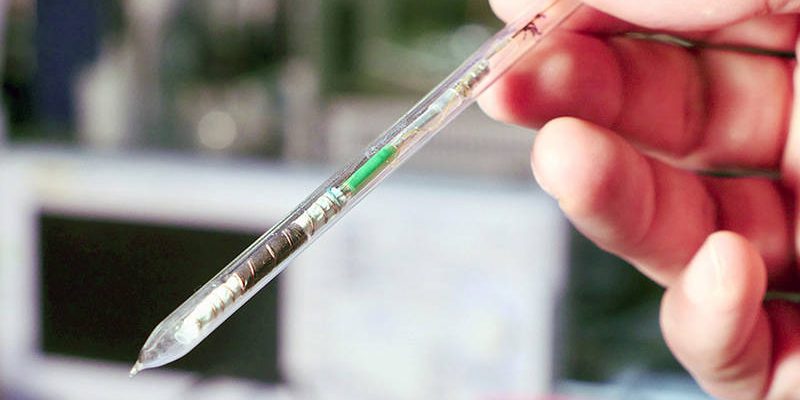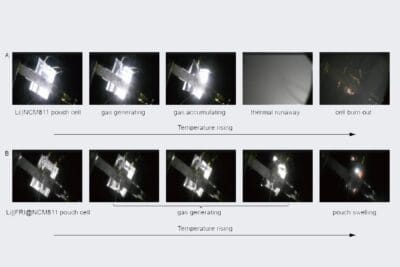Sensor for Li-ion cells may allow 5 x faster charging
Researchers at the University of Warwick have developed a method to assess the maximum current for commercial 18650 Li-ion batteries and found that much higher currents than the manufacturers’ maximum could be applied.
The team reported that the maximum charging current that could be safely applied to the cells is 6.7 times higher than the manufacturer-stated maximum. They developed a rapid-charging protocol that leads to a more than five-fold reduction in charging times without compromising the safety limits of the cells.
The researchers use a novel instrumentation design that at the University of Warwick have been developing. Methods include an in-situ reference electrode coupled with an optical fiber temperature sensor that enables the measurement of each electrode’s potential, supplemented by the cell’s internal and external temperature profiles.
The thermal sensing method uses fiber Bragg Gratings (FBG)—an optical sensor which reflects a wavelength of light that shifts in response to variations in temperature and/or strain. The researchers threaded the fiber through an aluminum tube, forming a strain protection layer; an outer skin of fluorinated ethylene propylene heat-shrink added protection from the electrolyte.
The result is a device that can have direct contact with all the key parts of the battery and withstand electrical, chemical and mechanical stress inflicted during the operation while still enabling precise temperature and potential readings.
The work was carried out as part of AMPLIFII, a collaborative research project supported by Innovate UK & UK Government Office for Low Emission Vehicle.





0 Comments